
Mint Julep Juniper Tree: A Complete Guide to Planting, Growing, and Caring for Your Tree
Looking for a stunning, low-maintenance tree that adds both beauty and fragrance to your landscape? The Mint Julep Juniper Tree might just be the perfect choice for you! With its vibrant, minty-blue foliage and compact size, this tree is an excellent addition to gardens, patios, and small spaces.
Whether you’re a seasoned gardener or just starting out, knowing how to plant, grow, and care for your Mint Julep Juniper Tree is key to its success. In this guide, we’ll walk you through everything you need to ensure your tree thrives, from planting tips to troubleshooting common issues. Ready to make your garden shine with this unique juniper? Let’s get started!
Table of Contents
ToggleWhat is the Mint Julep Juniper Tree? 
The Mint Julep Juniper Tree (Juniperus chinensis ‘Mint Julep’) is a unique evergreen shrub known for its vibrant, soft blue-green foliage and compact, dense form. Perfect for landscaping, this tree offers both beauty and versatility. Whether you’re looking to add a touch of color to your garden or create a low-maintenance hedge, the Mint Julep Juniper is an excellent choice.
This variety of juniper is characterized by its slender, upright shape, growing to about 3 to 4 feet in height and 4 to 5 feet in width. The soft, needle-like leaves maintain their color throughout the year, even in colder months, offering year-round interest. Its mild aroma and resilient nature make it a favorite for areas with a variety of soil conditions, from dry, rocky spots to slightly damp soils.
Ideal for drought-resistant landscapes, the Mint Julep Juniper can thrive in full sun or partial shade, making it an adaptable option for many gardens. This hardy tree is also low-maintenance, requiring minimal pruning and a small amount of watering once established.
In addition to its aesthetic appeal, this juniper variety is wildlife-friendly. Birds and other small creatures enjoy its dense structure, providing natural shelter. Its fragrant berries also attract wildlife, which adds an ecological benefit to your garden.
If you’re looking for a juniper tree that is both beautiful and practical, the Mint Julep Juniper Tree is an excellent option.
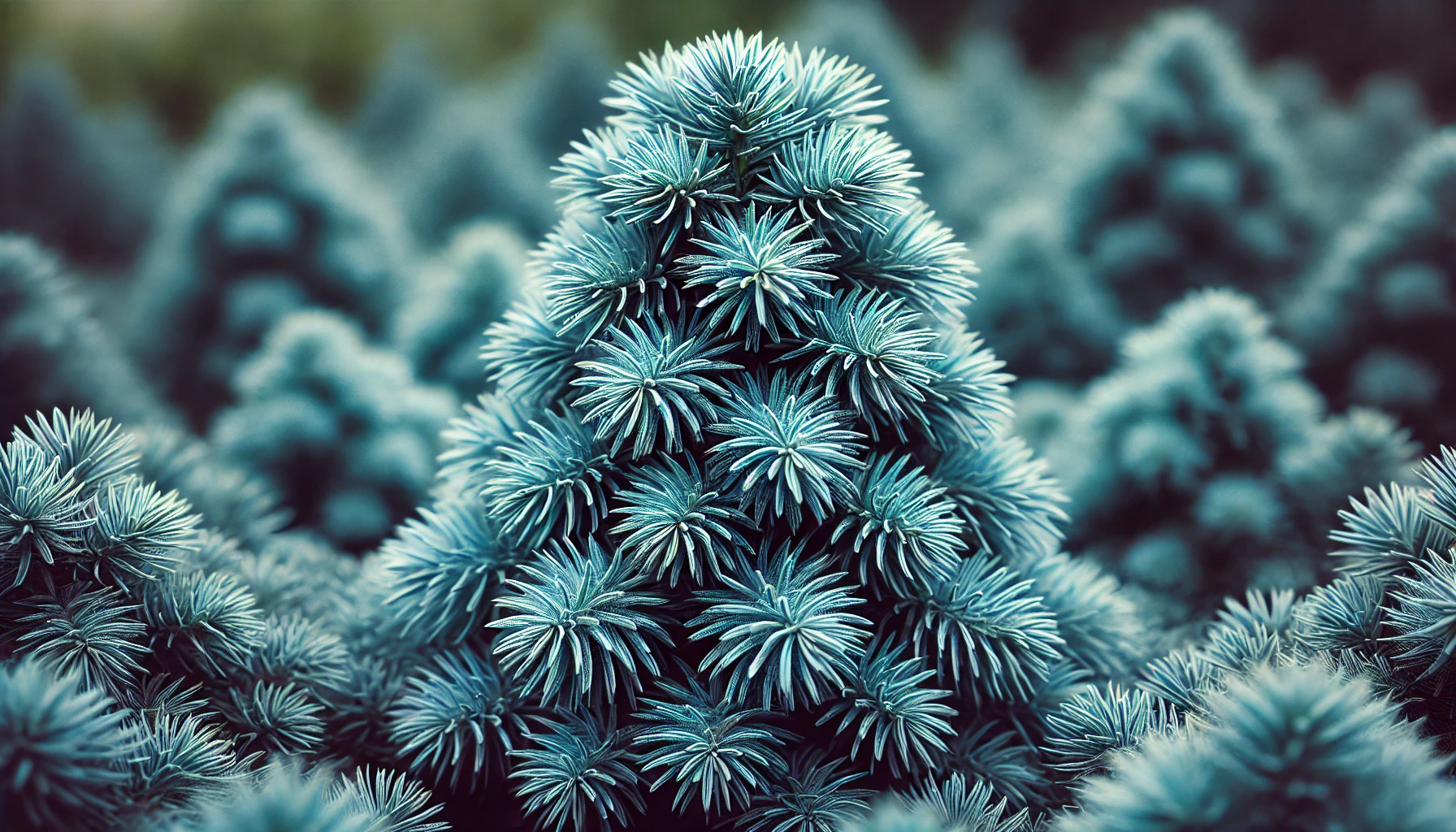
Why Choose the Mint Julep Juniper Tree? 
The Mint Julep Juniper is a standout choice for gardeners looking for a low-maintenance, resilient tree that adds a unique touch to any landscape. Here’s why it deserves a spot in your garden:
- Beautiful and Unique Foliage
The Mint Julep Juniper boasts vibrant blue-green foliage, giving it an eye-catching look year-round. Unlike many trees, it maintains its color through the seasons, offering consistent beauty in your yard. - Versatility for Different Landscapes
Whether you’re planting in a small urban garden or a larger backyard, this juniper fits in beautifully. It can be used as a stand-alone feature, a border shrub, or even a foundation plant for a more formal landscape design. - Low-Maintenance Care
If you’re new to gardening or have a busy schedule, this tree is perfect! It thrives in a range of soil types and requires minimal pruning. Once established, it’s drought-tolerant and pest-resistant, making it incredibly easy to care for. - Compact Size
Unlike many trees that grow too large, the Mint Julep Juniper stays compact and tidy. This makes it ideal for smaller spaces, such as patios or tight garden beds, where other trees might be too overwhelming. - Attracts Wildlife
The Mint Julep Juniper isn’t just for your enjoyment—it also attracts beneficial wildlife like birds and insects, adding a layer of life to your garden.
By choosing the Mint Julep Juniper, you’re selecting a tree that combines beauty, practicality, and ease. It’s the perfect addition for both novice and experienced gardeners alike!

How to Plant Your Mint Julep Juniper Tree 
Planting a Mint Julep Juniper Tree is a simple yet rewarding process that will add a beautiful, low-maintenance evergreen to your garden. Whether you’re a seasoned gardener or a beginner, this step-by-step guide will ensure your tree has the best start!
1. Choose the Right Location
Mint Julep Juniper trees thrive in full sun, so pick a spot that gets at least 6 hours of direct sunlight each day. The soil should be well-draining—avoid areas where water tends to pool after rain.
2. Prepare the Soil
Loosen the soil in the planting area to a depth of about 12-18 inches. If your soil is clay-heavy, mix in some sand or organic compost to improve drainage and root growth. This will help your tree establish a strong root system.
3. Dig the Hole
Dig a hole that’s about twice as wide and the same depth as the root ball of your sapling. This ensures the roots have plenty of room to spread out. Keep the top of the root ball level with the surrounding soil.
4. Planting the Tree
Place the tree gently into the hole, making sure it’s upright and centered. Fill the hole with soil, pressing down lightly to remove air pockets. Avoid planting too deep, as the root crown should stay exposed.
5. Water Well
After planting, water the tree thoroughly. Mint Julep Junipers are drought-tolerant once established, but young trees need plenty of water to help them settle in. Keep the soil moist but not soggy, especially during the first few months.
6. Mulch Around the Base
Apply a layer of organic mulch around the base of the tree. This helps retain moisture, regulate soil temperature, and prevent weeds from competing with your tree. Avoid placing the mulch directly against the trunk.
7. Ongoing Care
- Watering: During the first growing season, water deeply and regularly.
- Fertilizing: Feed your tree with a slow-release fertilizer designed for evergreens in early spring.
- Pruning: Light pruning to remove any dead or damaged branches will help maintain the shape and health of your tree.
With these simple steps, your Mint Julep Juniper Tree will flourish, adding vibrant greenery and texture to your landscape. Happy planting!
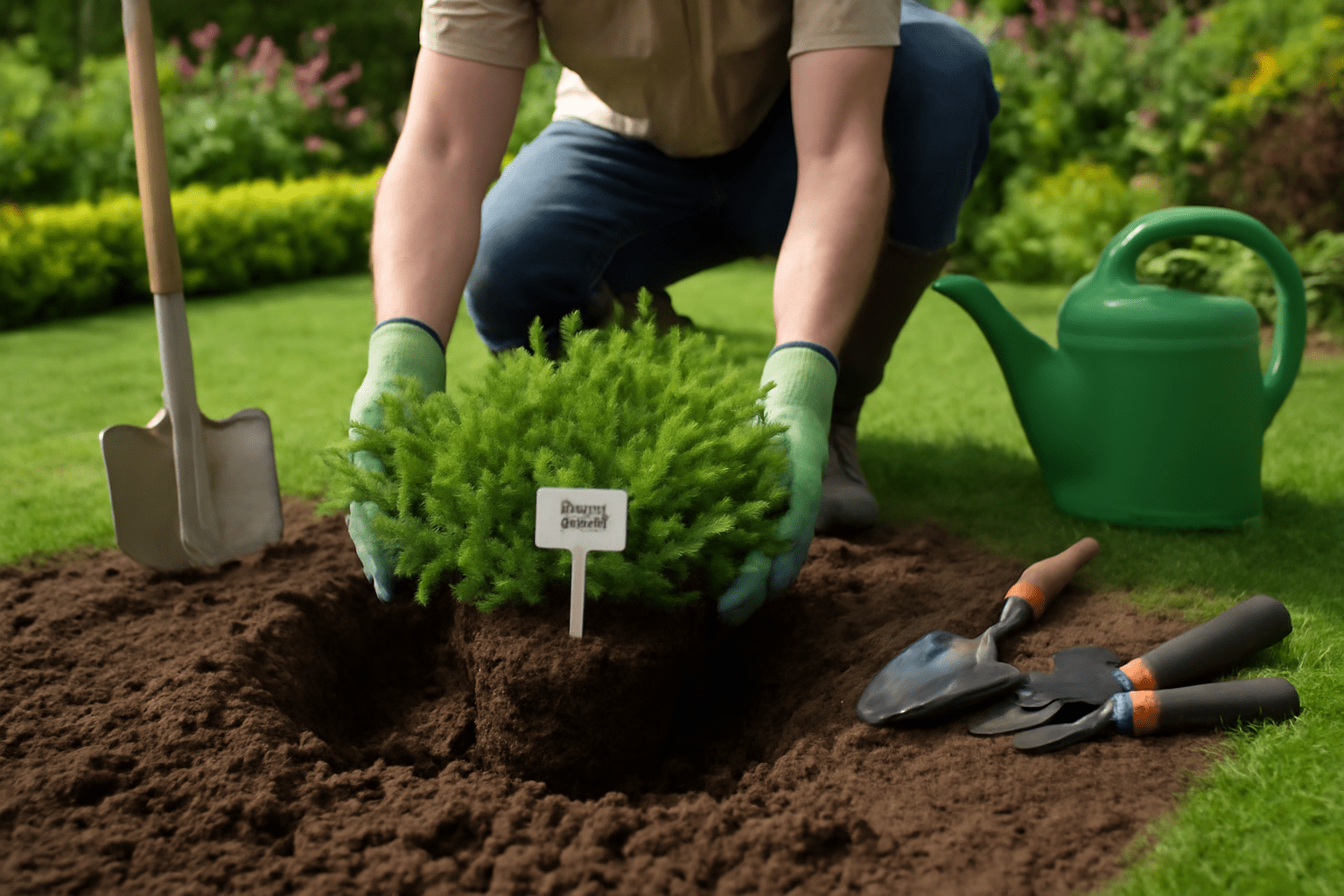
Growing and Caring for Your Mint Julep Juniper Tree 
The Mint Julep Juniper Tree is a hardy, low-maintenance evergreen that thrives in a variety of environments. Whether you’re a beginner gardener or an experienced landscaper, this tree can be a great addition to your garden. Here’s how to ensure your Mint Julep Juniper grows strong and healthy, year after year.
1. Choosing the Right Location 
Mint Julep Junipers love full sunlight. Plant them in a spot that gets at least 6 hours of direct sunlight daily. This will help them grow strong and maintain their lush, vibrant color. Make sure the location has well-draining soil, as junipers don’t like “wet feet” (standing water around their roots). If your soil tends to retain water, you can mix in some sand or gravel to improve drainage.
2. Planting Your Mint Julep Juniper 
When planting, dig a hole that is twice as wide as the root ball but just as deep. Gently remove the tree from the pot and place it in the hole, making sure the top of the root ball is level with the surrounding soil. Fill in around the tree with the native soil and lightly tamp it down to remove air pockets. Water thoroughly after planting to help settle the soil.
3. Watering Needs 
While the Mint Julep Juniper is drought-tolerant once established, it still needs regular watering during the first few months after planting. Water deeply and infrequently, about once a week, to encourage the roots to grow deep. After the first growing season, reduce watering as the tree becomes more drought-resistant. Be sure not to overwater, as this can lead to root rot.
4. Pruning and Maintenance 
Prune your Mint Julep Juniper in early spring to maintain its shape and remove any dead or damaged branches. Use sharp, clean pruning shears to make clean cuts. Avoid heavy pruning, as junipers do not regenerate well from large cuts. If you want a more compact shape, you can trim back the new growth each year.
5. Fertilization Needs 
This juniper variety is quite adaptable and can thrive without frequent fertilization. However, you can apply a slow-release, balanced fertilizer once in the spring to give your tree an extra boost of nutrients. Avoid fertilizing in the fall, as this can encourage new growth that may be vulnerable to winter cold.
6. Winter Care 
Mint Julep Junipers are hardy to cold temperatures, but young trees may need some extra protection during the winter months. If you live in a region with harsh winters, consider wrapping your tree with burlap or using a windbreak to protect it from freezing winds and snow. Mulching around the base will help insulate the roots and keep moisture in.
7. Common Pests and Problems 
While the Mint Julep Juniper is relatively pest-resistant, it can sometimes fall prey to aphids, scale insects, or spider mites. Keep an eye on the leaves for any signs of discoloration or webbing. If pests become an issue, you can treat the tree with a natural insecticide or simply spray with water to knock the pests off.
With these simple care guidelines, your Mint Julep Juniper Tree will thrive, providing beauty and interest to your garden for years to come.
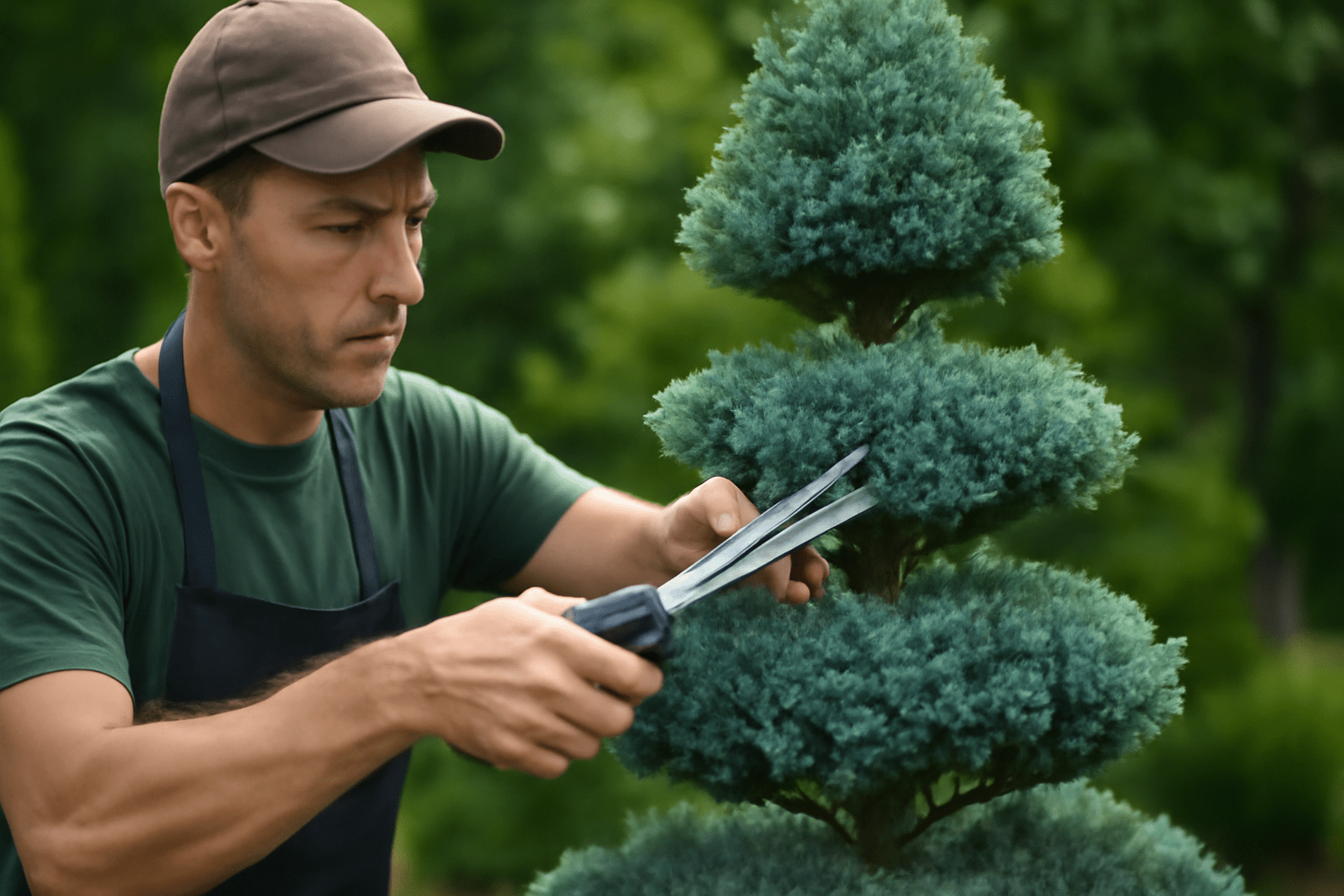
Troubleshooting Common Issues with Mint Julep Juniper Trees
Mint Julep Juniper Trees are resilient and beautiful, but like any plant, they can face a few challenges. Here are some common problems and how to solve them, ensuring your tree stays healthy and vibrant.
1. Yellowing Leaves 
Yellowing foliage is one of the most frequent complaints from Mint Julep Juniper owners. This could be caused by overwatering, poor drainage, or a nutrient deficiency.
Solution:
- Ensure the soil is well-drained and not soggy. Junipers prefer dry conditions, so let the soil dry out between waterings.
- If the soil has poor drainage, consider adding organic matter like compost to improve it.
- Use a balanced fertilizer to provide essential nutrients and avoid excessive nitrogen, which can lead to weak growth.
2. Pests and Insects 
Junipers are susceptible to pests like aphids, spider mites, and scale insects. These bugs can damage the tree by feeding on the sap and leaving behind a sticky residue.
Solution:
- Inspect your tree regularly for pests. If you spot any, treat them with an insecticidal soap or neem oil.
- A strong water spray can also help dislodge insects, especially during early mornings or late evenings when pests are less active.
3. Brown Tips or Burned Foliage 
If you notice the tips of your Juniper turning brown, it could be from sunburn or dehydration. Mint Julep Junipers, though drought-tolerant, can still suffer if exposed to extreme heat without adequate moisture.
Solution:
- Ensure your tree is planted in a location where it gets some afternoon shade, especially in hot climates.
- Water deeply but infrequently to allow the roots to establish a strong system. This will also help the tree tolerate droughts better.
4. Root Rot 
Root rot is caused by too much water, leading to soggy, oxygen-deprived soil that can suffocate the roots. This often happens when the tree is planted in poorly draining soil or overwatered.
Solution:
- To prevent root rot, make sure the soil drains well. If the soil doesn’t drain properly, consider replanting the Juniper in a raised bed or with better-draining soil.
- Water only when the top 2 inches of soil are dry to the touch. Avoid soaking the soil.
5. Slow Growth or Stunted Development 
If your Juniper isn’t growing as expected, it may be due to poor soil conditions, lack of sunlight, or root crowding.
Solution:
- Ensure the tree receives at least 6 hours of direct sunlight daily.
- Check if the roots are confined in a pot or if the soil is compacted. If necessary, repot or loosen the soil around the roots to promote better growth.
- Apply a slow-release fertilizer designed for evergreen trees to give your Juniper the nutrients it needs to grow strong.
6. Fungal Infections 
Mint Julep Junipers can develop fungal infections, especially in humid or wet conditions. Symptoms include dark spots on the leaves and branches.
Solution:
- Prune away any infected parts of the tree to reduce the spread of the fungus.
- If necessary, apply a fungicide designed for evergreen trees, but only in the early morning or evening to prevent harm to beneficial insects.
By identifying and addressing these common issues, your Mint Julep Juniper will thrive and continue to add beauty to your garden. Happy planting!
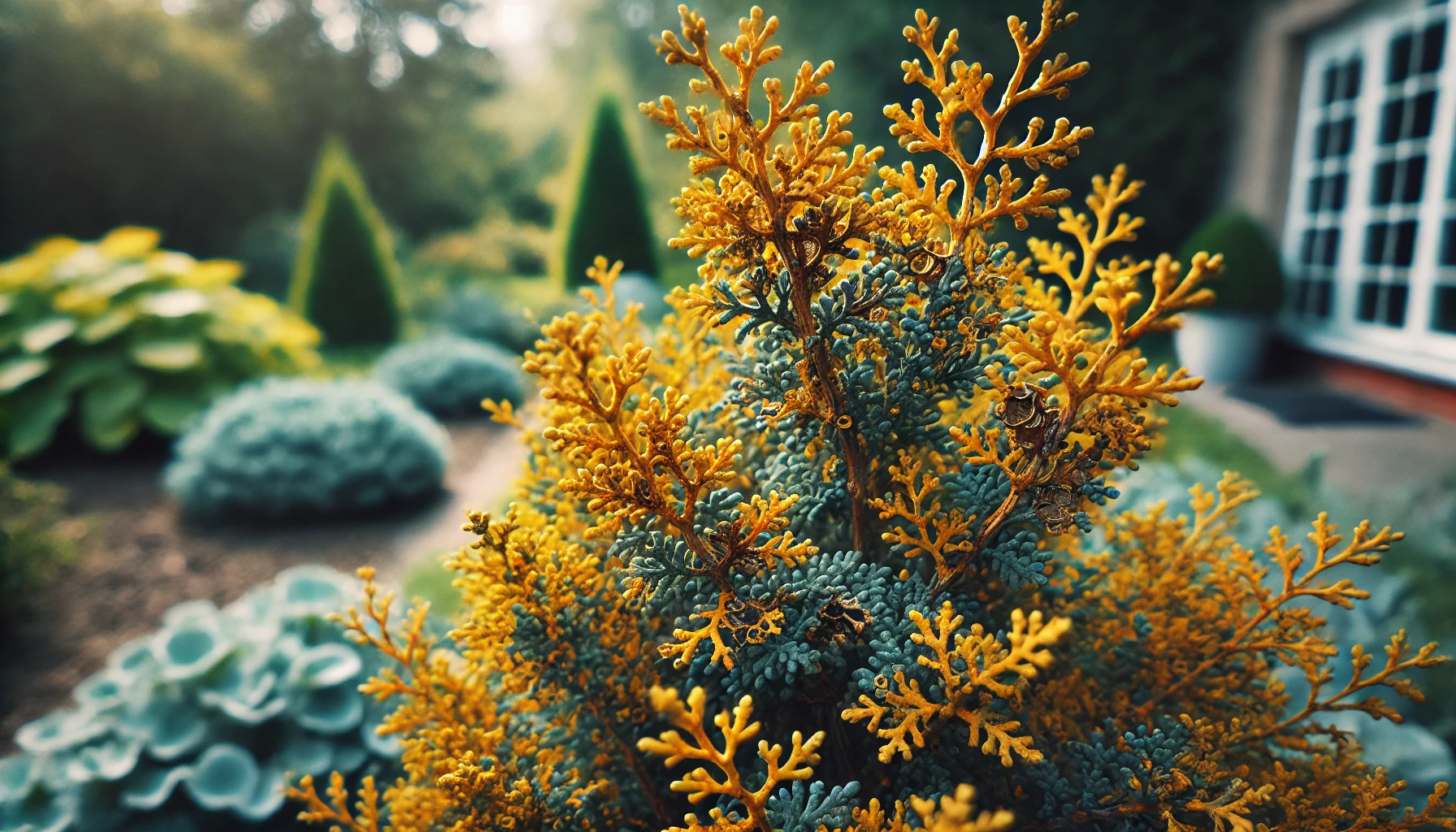
Pruning and Shaping Your Mint Julep Juniper Tree 
Pruning and shaping your Mint Julep Juniper Tree is essential for maintaining its health, promoting strong growth, and ensuring it fits perfectly into your landscape. Follow these easy-to-understand tips for a vibrant and well-structured tree!
When to Prune 
The best time to prune your Mint Julep Juniper Tree is during late winter or early spring before the growing season kicks in. This timing helps the tree heal quickly and encourages fresh new growth. Avoid pruning in late fall or winter when the tree is dormant, as it can stress the plant.
How to Prune 
Start by removing any dead, damaged, or diseased branches. These can hinder growth and make your tree more vulnerable to pests. Use sharp, clean pruning shears to make precise cuts. Be sure to cut at a slight angle to promote faster healing and minimize any risk of infection.
Shaping Your Tree 
Mint Julep Junipers naturally have a compact and rounded shape, but you may want to shape them further to suit your garden’s aesthetic. Trim the outer edges gently to maintain a symmetrical form. If you prefer a more sculpted look, carefully trim the top and sides to keep the tree’s proportions balanced.
Avoid Over-Pruning 
It’s important not to remove more than one-third of the tree’s total foliage in a single session. Over-pruning can cause stress and hinder the tree’s natural ability to grow. Focus on thinning the canopy to improve air circulation and light penetration.
Tips for Healthier Growth 
- Always clean your tools before and after use to prevent disease spread.
- Prune in dry weather to avoid fungal infections.
- If your Mint Julep Juniper begins to look sparse, consider cutting back some of the older growth to make room for fresh new shoots.
By following these simple steps, you’ll keep your Mint Julep Juniper Tree healthy, attractive, and growing strong for years to come!

Ideal Growing Conditions for Mint Julep Juniper Trees 
The Mint Julep Juniper tree (Juniperus sabina ‘Mint Julep’) is a hardy and low-maintenance evergreen that thrives in various conditions. To help your tree flourish, it’s important to create the right environment. Here’s what you need to know:
1. Soil Type and Drainage 
Mint Julep Junipers prefer well-drained, sandy or loamy soil. While they’re adaptable to a range of soil types, avoid heavy clay soils that retain too much moisture. Proper drainage is essential to prevent root rot. If your soil is heavy, consider amending it with organic matter to improve aeration and drainage.
2. Sunlight Requirements 
These trees love full sun! Aim for at least 6 hours of direct sunlight each day. More sun will encourage stronger growth and vibrant, blue-green foliage. In shadier spots, the tree may become leggy and struggle to thrive.
3. Temperature and Hardiness 
Mint Julep Junipers are hardy in USDA zones 4-9, meaning they can withstand cold winters down to -30°F (-34°C) but also adapt well to warmer climates. If you live in a particularly hot region, make sure the tree has some afternoon shade during the peak summer heat.
4. Watering Needs 
While these junipers are drought-tolerant once established, they still need regular watering during their first few years. Water deeply to encourage deep root growth but allow the soil to dry out between waterings. Avoid over-watering, as this can lead to root rot.
5. Wind and Weather Tolerance 
Mint Julep Junipers are resistant to wind, making them ideal for coastal areas or exposed spots in your garden. However, young trees may need some protection from extreme weather, such as frost, until they are well-established.
By providing the right growing conditions—well-drained soil, ample sunlight, moderate watering, and protection from extreme weather—you’ll ensure your Mint Julep Juniper tree grows strong and vibrant.

Conclusion 
The Mint Julep Juniper Tree is a beautiful, low-maintenance addition to any garden, offering stunning minty-blue foliage and versatility for various landscapes. Whether you’re looking to create a striking specimen tree, a lush hedge, or a container plant, this juniper provides excellent value for gardeners of all levels.
With the right care—proper planting, consistent watering, and occasional pruning—you can enjoy a thriving Mint Julep Juniper that enhances your garden year-round. Its resilience to pests and drought, combined with its unique beauty, makes it a perfect choice for anyone looking to add a touch of elegance to their outdoor space.
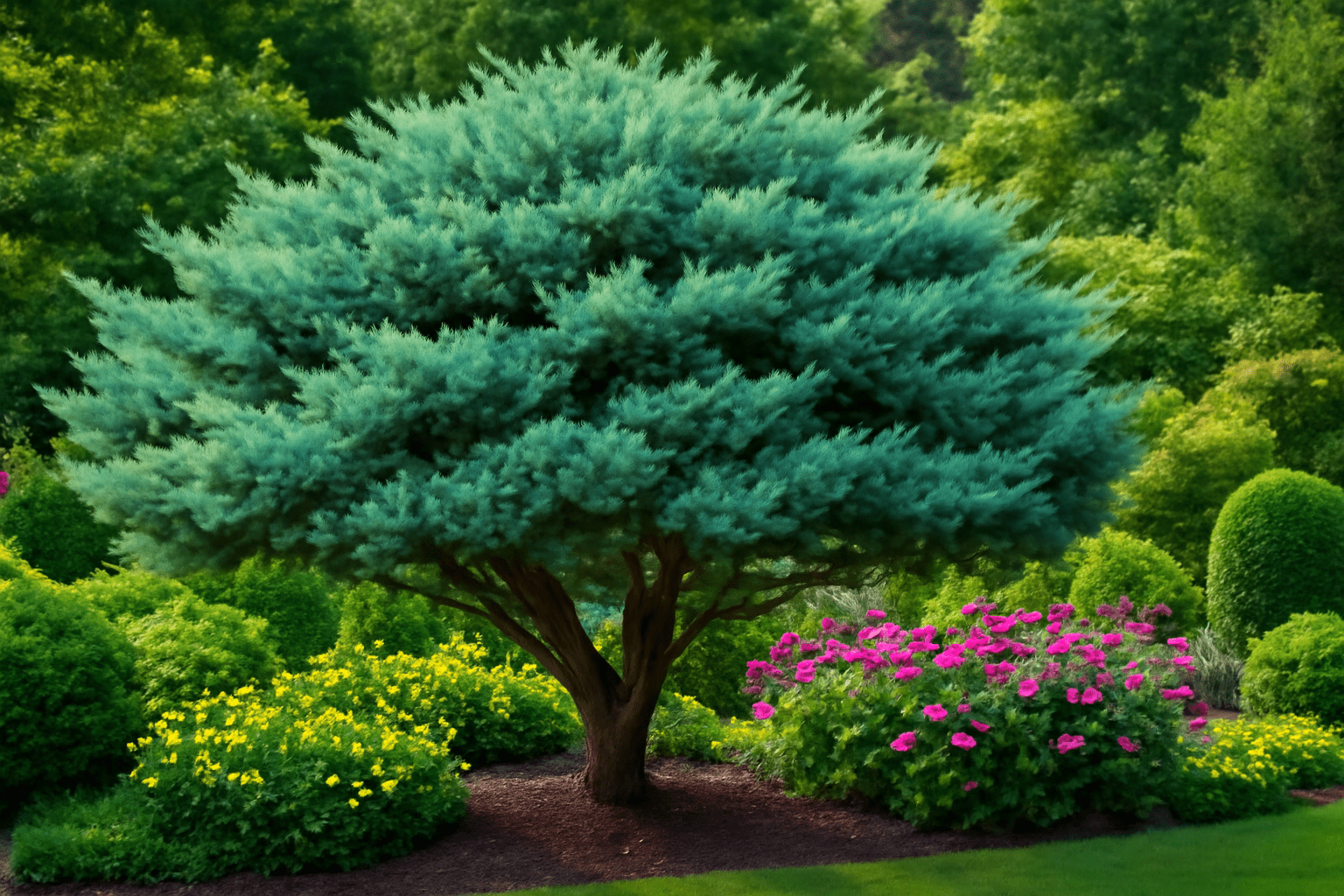
So, why wait? Start planting your Mint Julep Juniper tree today and watch it flourish with minimal effort and maximum beauty. Happy gardening!
Frequently Asked Questions(FAQ)
How fast does the Mint Julep Juniper Tree grow?
The Mint Julep Juniper is a slow-growing tree, typically adding about 6-12 inches in height per year. It’s a low-maintenance option for gardeners looking for a compact tree that requires little pruning while still providing steady growth.
What kind of soil does the Mint Julep Juniper Tree need?
Mint Julep Juniper trees prefer well-draining soil, ideally slightly acidic to neutral. They thrive in sandy or loamy soil that allows water to pass through easily, preventing root rot.
How often should I water my Mint Julep Juniper Tree?
Water the Mint Julep Juniper deeply but infrequently. Allow the soil to dry out between waterings, as this tree is drought-tolerant once established. During dry spells, water it thoroughly once a week.
Can I grow Mint Julep Juniper in a pot?
Yes, Mint Julep Junipers grow well in containers, making them a great choice for patios or small gardens. Ensure the pot has drainage holes and use a well-draining potting mix. Be mindful not to overwater, as container plants can dry out faster.
What is the best time to plant Mint Julep Juniper Trees?
The best time to plant Mint Julep Juniper trees is in early spring or fall when temperatures are mild. Planting during these seasons allows the tree to establish roots before the extreme heat or cold sets in.
How do I prune my Mint Julep Juniper Tree?
Prune your Mint Julep Juniper lightly to maintain its shape and remove any dead or damaged branches. Pruning is best done in late winter or early spring, just before the growing season starts, to avoid stressing the tree.
Is the Mint Julep Juniper Tree resistant to pests?
Yes, the Mint Julep Juniper tree is generally resistant to pests and diseases. However, it can occasionally be affected by aphids, spider mites, or scale insects. Regularly check for pests and treat them early to maintain the tree’s health.
Can the Mint Julep Juniper tree tolerate cold weather?
Yes, Mint Julep Juniper trees are hardy and can tolerate cold weather down to USDA Zone 4. However, in regions with extreme cold temperatures, it’s a good idea to protect the tree from harsh winter winds or frost damage by covering it or moving it to a sheltered location





